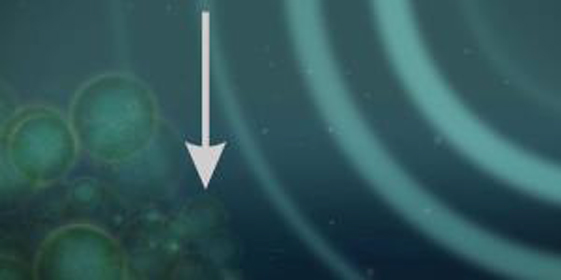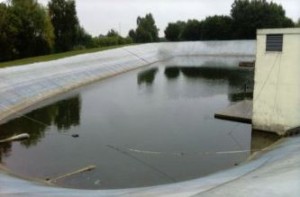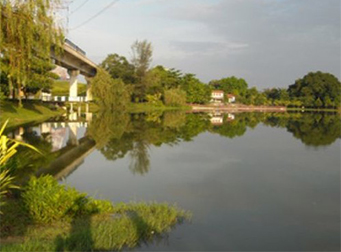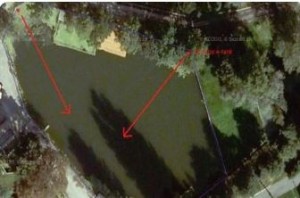Lakes, Dams & Reservoirs
Control algae and improve water quality by using environmentally friendly ultrasonic sound waves for a healthy ecosystem.
Benefits:
- Scientifically proven technology: The products are developed in collaboration with several renowned universities and research institutes.
- Effective treatment to control algae: The LG Sonic system eliminates up to 90% of the current algae and prevents the growth of new algae.
- Chemical-free: Reduce expensive and environmentally unfriendly chemicals.
- Environmentally friendly: Safe solution for fish, plants, zooplankton, and insects which has been tested by various universities and research institutes.
- Chameleon Technology™: change the ultrasonic program according the water conditions, type of algae, and type application.
- Improve the water quality: Make the water look and smell more appealing for recreational purposes.
- Prevent the occurrence of toxic blue-green algae: Toxins from the algae can cause a bad taste and smell to the water and potentially cause diseases.
- Products can be NSF/ANSI Standard 61 certified: Ensure that the products do not release contaminants into the water that could be a health concern.
How it Works:
Algae Control
Using scientifically proven frequencies selectively, LG Sonic targets green and (toxic) blue-green algae. Ultrasound from the right frequency creates a sound barrier in the top layer of the water, reflecting on objects with a different density than water. This affects the buoyancy of many types of algae and prevents algae from floating up to the surface. Read more about types of algae.
The LG Sonic e-line is an advanced system that emits specific ultrasonic parameters in to control algae in water surfaces such as dams, golf course ponds and reservoirs.
Cyanobacteria and some other organisms are known to produce toxins and other metabolites like geosmins and MIB in lakes, especially when they are present in high concentrations. The LG Sonic products prevent blooming of the algae and keep them in low concentration without breaking the cell wall. Therefore, toxins are not released into the water when LG Sonic is introduced but instead, the concentration of toxins reduces gradually.
1. Determine Algae Type
The LG Sonic e-line has 12 ultrasonic programs to effectively control different types of algae. Each program contains different types of ultrasonic parameters, such as frequency, amplitude, waveform and signal duration.
2. Generate Ultrasound
The ultrasonic sound waves create an ultrasonic pressure in the top layer of the water. The high-pressure ultrasound transmitted by the LG Sonic e-line controls algae in various ways depending on the type of algae.
3. Control Algae
The algae will die while the cell wall remains intact, preventing the release of toxins from the algae into the water. The algae will sink to the bottom of the water reservoir and are degraded by the bacteria present.
Reduce the use of chemicals
Chemical based herbicides and algaecides can be reduced or substituted by the LG Sonic technology. The LG Sonic e-line is used as an environmentally friendly solution for the control of algae by ultrasonic means.
Case-studies: Lakes & Reservoirs
Improve water quality in lakes, ponds and reservoirs with the help of a scientifically proven ultrasonic technology for lake algae control. Our lake management services can eliminate up to 90% of existing algae and helps avoid expensive and harmful chemicals that are a hazard to the environment and aquatic life. Filamentous algae can cause problems with water pumps and filtration systems.
A study on a fire reservoir in Uhy, near Prague (Czech Republic), had a 3000 m³ water reservoir for fire extinguishing covered with filamentous algae. As an environmentally friendly solution, the use of ultrasonic treatment was used to control algae. To cover the 3.000 m2 of water surface, it was decided to install 2 LG Sonic e-line devices. After 2 weeks of the installation, the results were satisfactory. Filamentous algae had disappeared completely from the surface. Debris of the dead algae sank to the bottom and disintegrated naturally.






